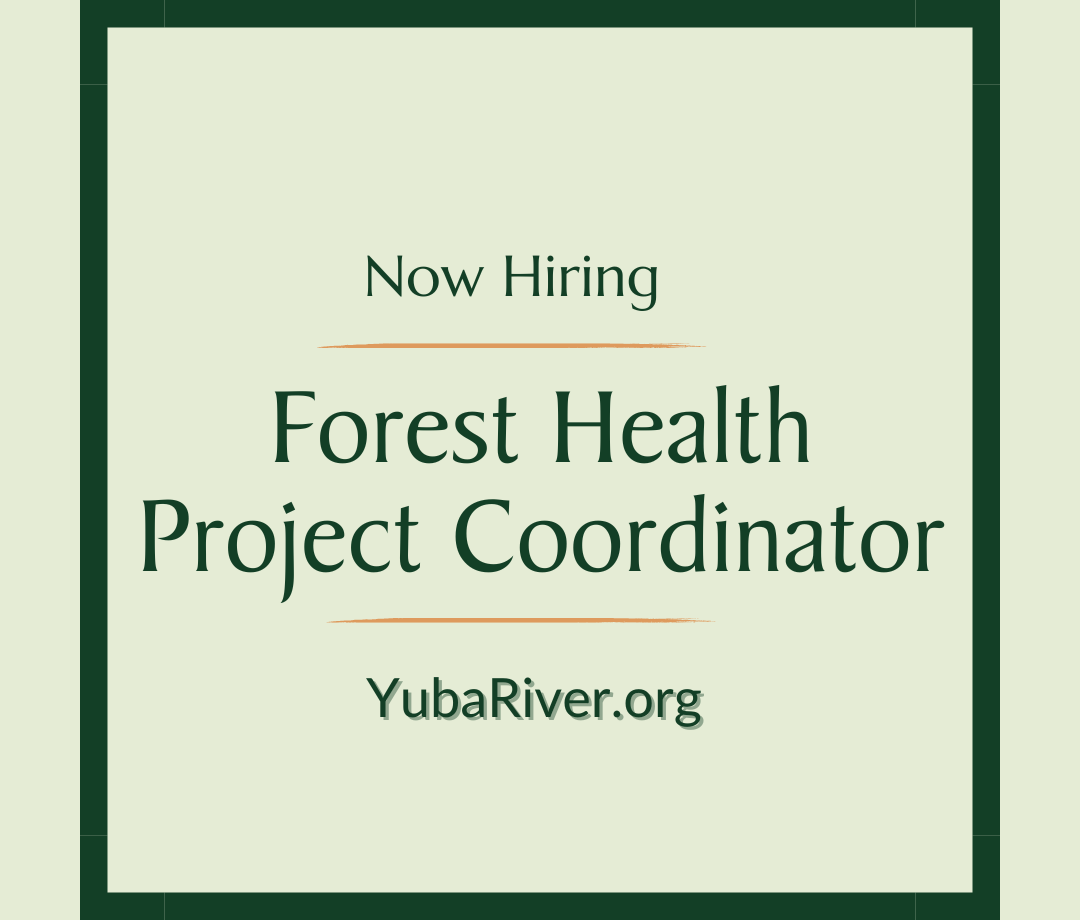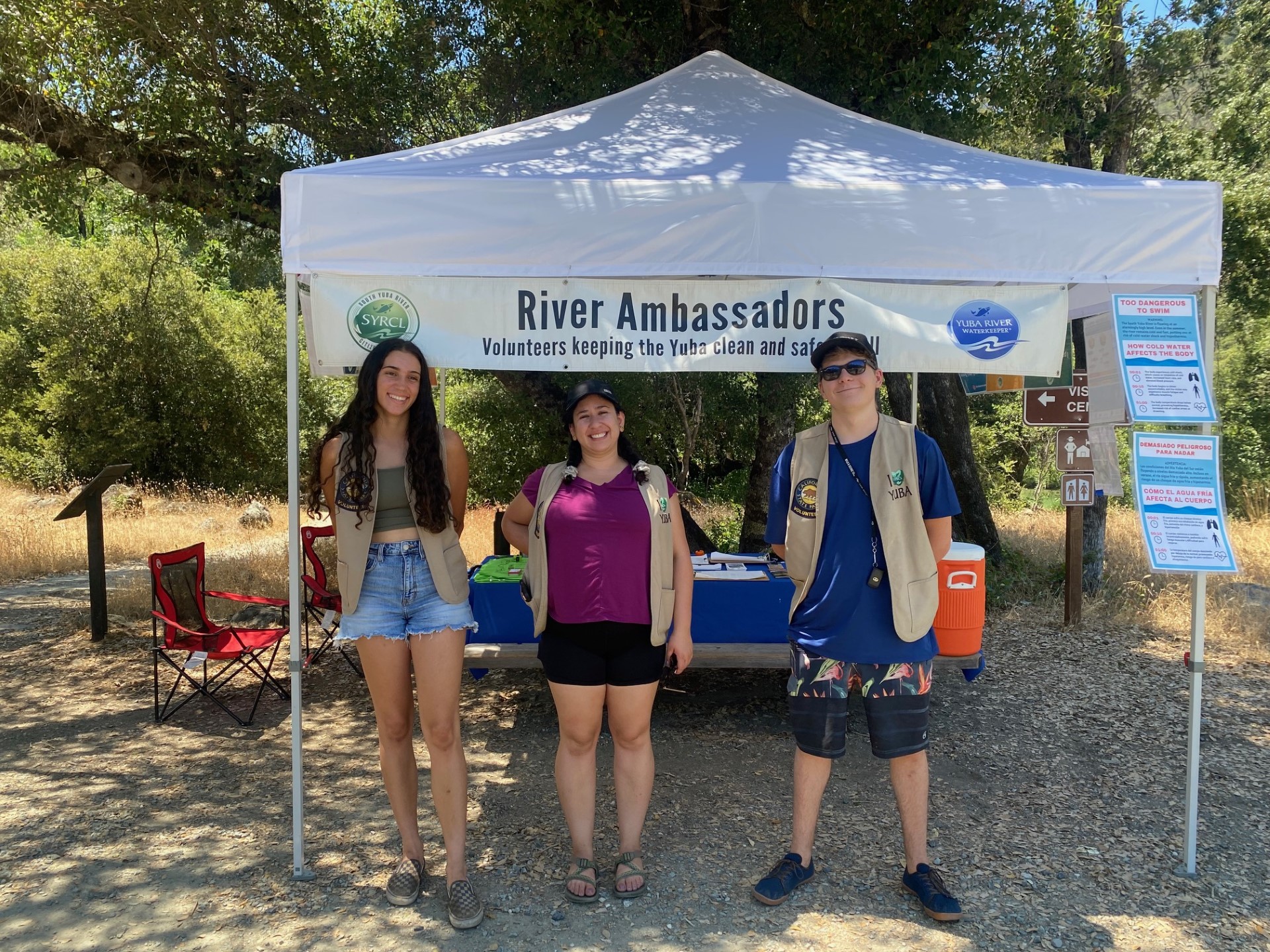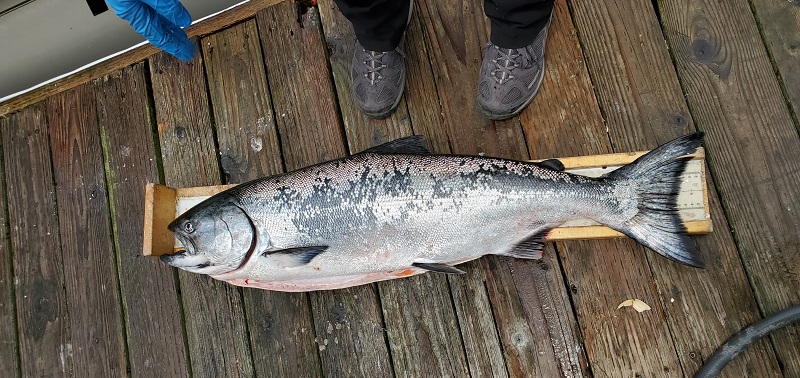Why Restore a Meadow: Ecosystem Function and Climate Resiliency
In Loney Meadow, a 40-acre wet meadow in the Tahoe National Forest, the snow is melting and the water is flowing. New plant growth peaks through the flowing waters, birds awaken and share their song with the quiet landscape.
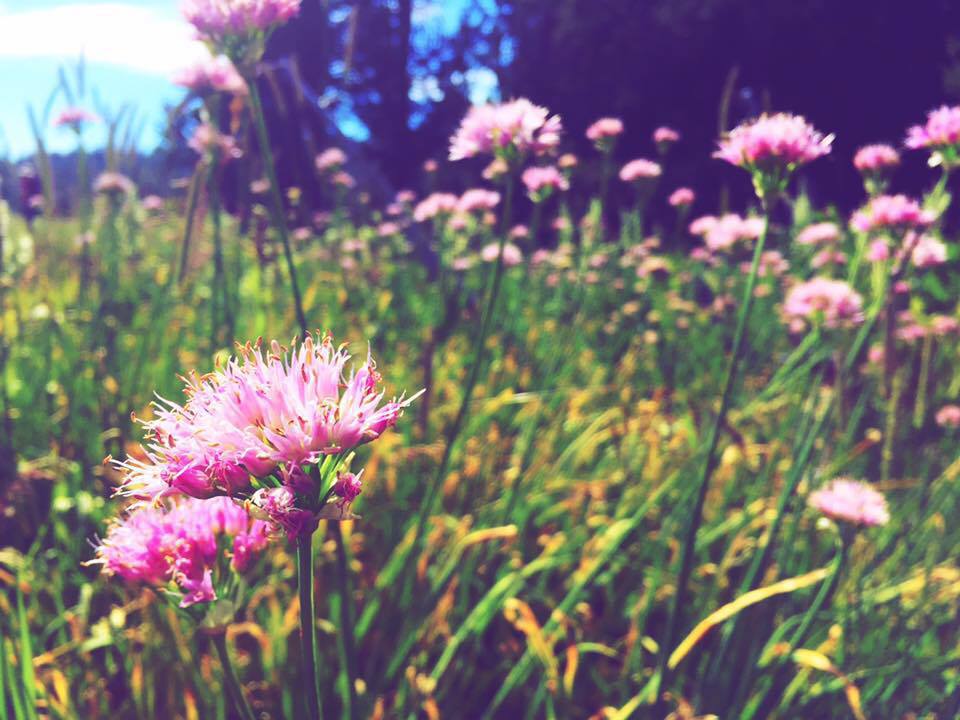
In 2017, California experienced record precipitation. The water coursing through Loney Meadow offers a respite from the extreme drought stress the meadow has experienced over the previous five years. But the future of this meadow remains in doubt, as 150 years of human disturbance are predicted to be exacerbated by extreme weather events, which are anticipated to increase in frequency due to climate change. The potential for the meadow to be resilient to these extreme events, or the meadow’s ability to perpetuate through time, is entwined with the extent of disturbance this meadow has experienced over the last century.

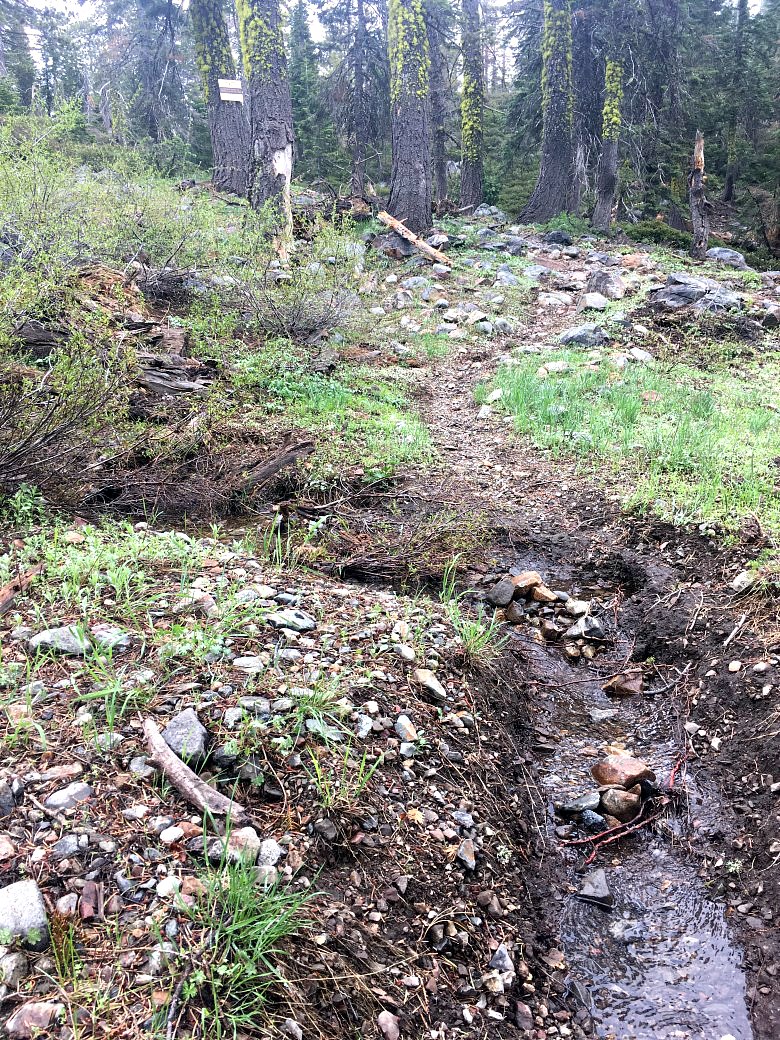
Plants and animals, including humans, rely on the meadow for a multitude of resources including habitat, food, water filtration and storage, flood attenuation, and carbon storage. These resources, which can also be referred to as ecosystem functions, have been directly and indirectly degraded by disturbances such as road building, fire suppression, dam building, grazing, mining, and logging. The creation and maintenance of a meadow ecosystem is directly tied to its hydrologic regime, defined as the timing and amount of water flow and retention within the meadow. High water tables during the spring and early summer exclude trees and encourage herbaceous plant and woody shrubs adapted to waterlogged conditions. Meadow soils are often highly productive, resulting in communities of dense sedges, rushes, grasses, and wildflowers. Leaves and litter left behind at the end of the growing season are incorporated as organic matter into the soil which helps sequester carbon and perpetuates the retention of water in the meadow by holding on to water. Thus, the meadow acts like a ‘sponge,’ holding water late into the summer when the surrounding forests are dry. In this way, the meadow sustains itself over time.
Disturbances that disrupt the hydrologic regime of a meadow are often a result of bare soil being exposed or upstream modifications to stream courses. This can happen through roads created to access logging or mining sites undersized culverts, historic overgrazing, and high altitude small reservoirs that concentrate water flows through meadows. Once bare soil is exposed, it sets into motion a cycle of erosion that amplifies over time. Erosion increases the depth and width of streams so that water courses quickly through the meadow rather than flooding and infiltrating into the meadow floodplain to resupply groundwater. This lowers the water table, drying out the meadow and reduces the the ability of the soil to retain water as decomposition of organic material increases.
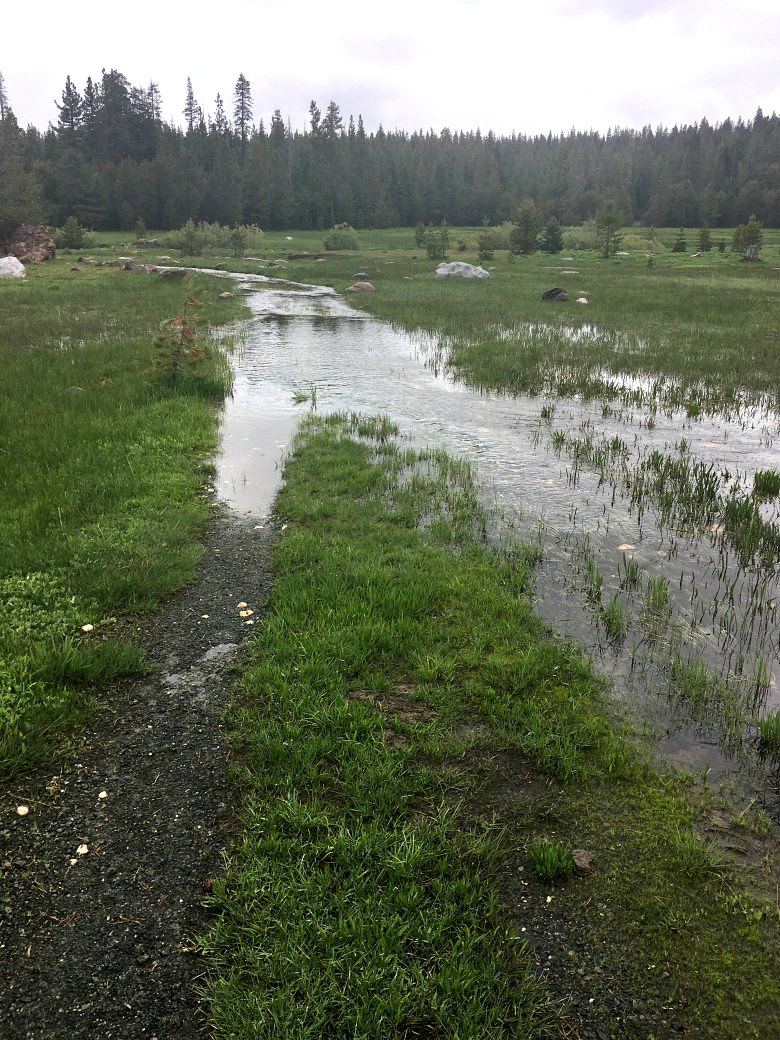
This matters in times of drought and flooding and everything in between for a degraded meadow. In a drought, the ground water levels needed to maintain the meadow occur less frequently and for a shorter amount of time. When a degraded meadow floods in extreme years, the erosional force of water only compounds the degradation. The work we do to restore Loney Meadow and other meadows in the Yuba watershed is pivotal in creating meadow resiliency in the face of climate change.
As we restore more meadows, we increase our impact to broader spatial scales and increase the potential for meadows to provide the important ecosystem functions that we all rely on.
SYRCL has been collecting baseline data to help us understand the benefit of meadow restoration on the groundwater, surface water, soil moisture, vegetation, amphibians, green house gases, carbon sequestration, and young aspen recruitment at a series of meadows across the Yuba watershed. If you are interested in joining us to help with our meadow restoration projects (either data collection or active restoration) please email our AmeriCorps Restoration Coordinator, Courtney Hudson courtney@syrcl.org or consider signing up for one of our Earthwatch trips this year or next. We are expecting to implement the restoration at Loney Meadow in the fall of 2017, Bear Trap and Deer Meadow in 2018, and Van Norden Meadow in 2019.
SYRCL would like to thank the foundations and agencies that fund our meadow restoration work: Bella Vista Foundation, California Department of Fish and Wildlife, Department of Water Resources, Earthwatch, National Fish and Wildlife Foundation, National Forest Foundation, Sierra Nevada Conservancy, The Martis Fund, The Truckee Donner Land Trust, and The Tahoe National Forest.
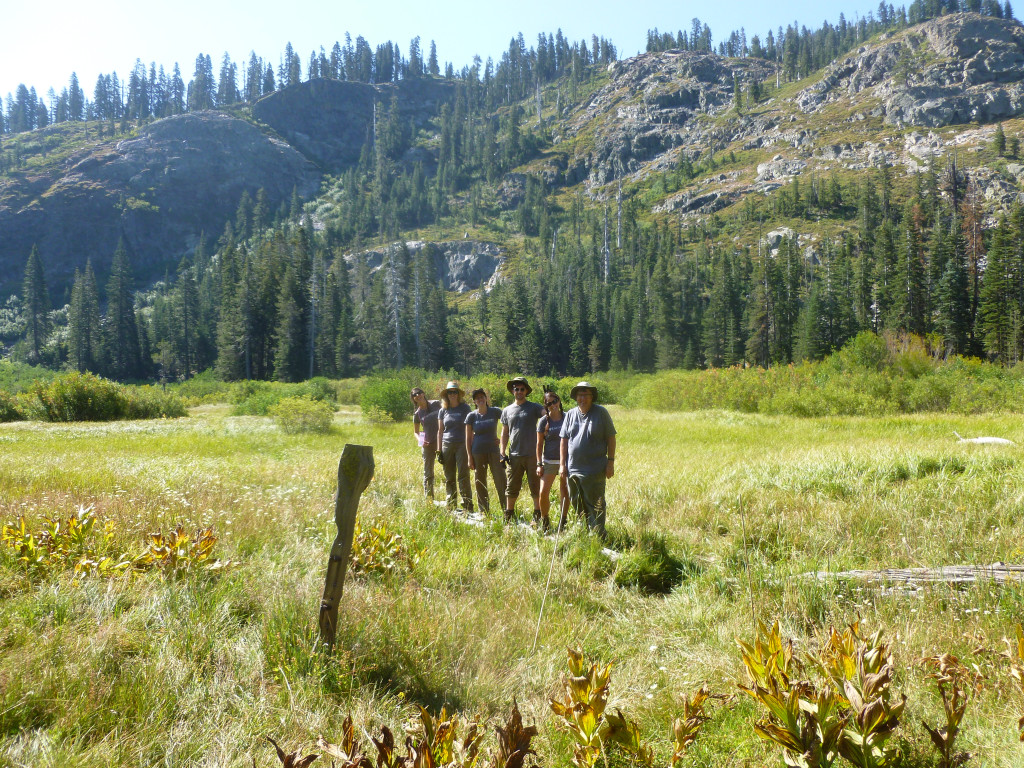
Did you enjoy this post?
Get new SYRCL articles delivered to your inbox by subscribing to our ENews.


